Where does the sealing gaskets concept come from?
This idea's birth comes very much in hand with the development of the automotive industry at the beginning of the 20th century. Engine builders and engineers had the problem of coupling the machined parts. They came up with the idea of inserting some kind of material between the piece and that would seal the millimeter space that remained between them. The idea of a gasket comes up, and it starts from there. The development of a whole parallel industry of equipment goods begins that works to solve this sealing problem.
The industry moves thanks to the transfer of fluids such as water, air, gases, lubricants and oils, fuels, steam, chemical agents, etc. And these in turn need the help of machines (pumps, valves) that circulate them through different circuits, either in order to manufacture a product, feed a boiler, perform a job, etc. Throughout this industrial process, there are hundreds of points through which fluids have a tendency to escape; moving out of their intended way. The sealing gaskets are made to prevent these leaks and preserve the environment from possible contamination which, in turn, has a great economic impact.
The most important sealing gasket that exists is the one that interposes in the union between the cylinder block of an explosion engine and the cylinder head, due to the high temperatures and pressures that it supports. But together we can find countless closure systems, equipment and appliances; such as pipelines’ flanged joints, hatches and gates, valves, pumps, agitators and mixers, electronic equipment, appliances, lighting, autoclaves, ovens, etc.
The types of joints commonly used for these tasks are: Seals (for oils and greases), collars (in pneumatics and hydraulics), O-rings, flat seals, braided packing, mechanical, spiral-metal and metal seals (RTJ, Jagged Seals), PTFE tapes Polytetrafluoroethylene, mastics, etc. Depending on the service conditions, each operation requires a specific joint material with different properties either by the type of contact fluid (acid, alkaline, oxidant, viscous, etc.) temperature, pressure or vacuum and by the linear velocity of a seal's point if it is a dynamic seal.

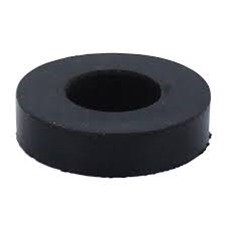

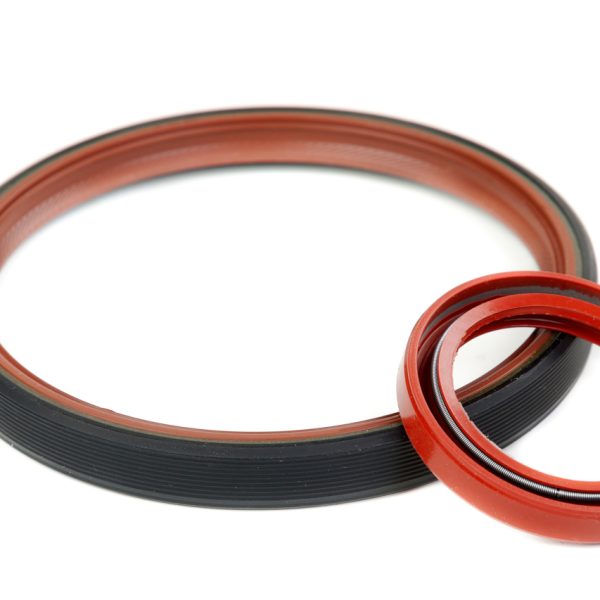
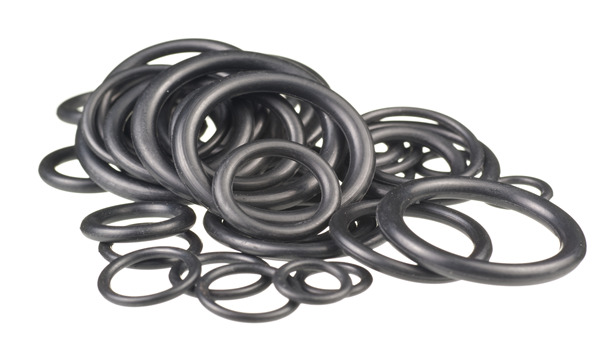
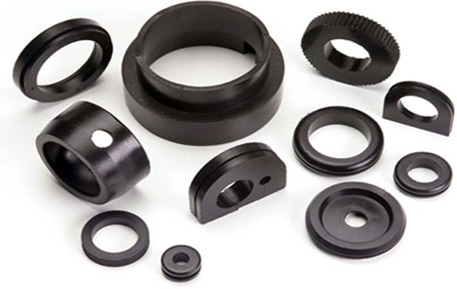
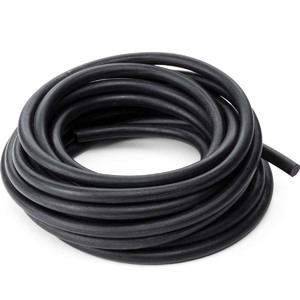
Reviews
There are no reviews yet.